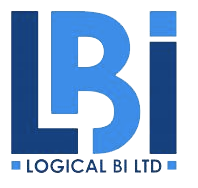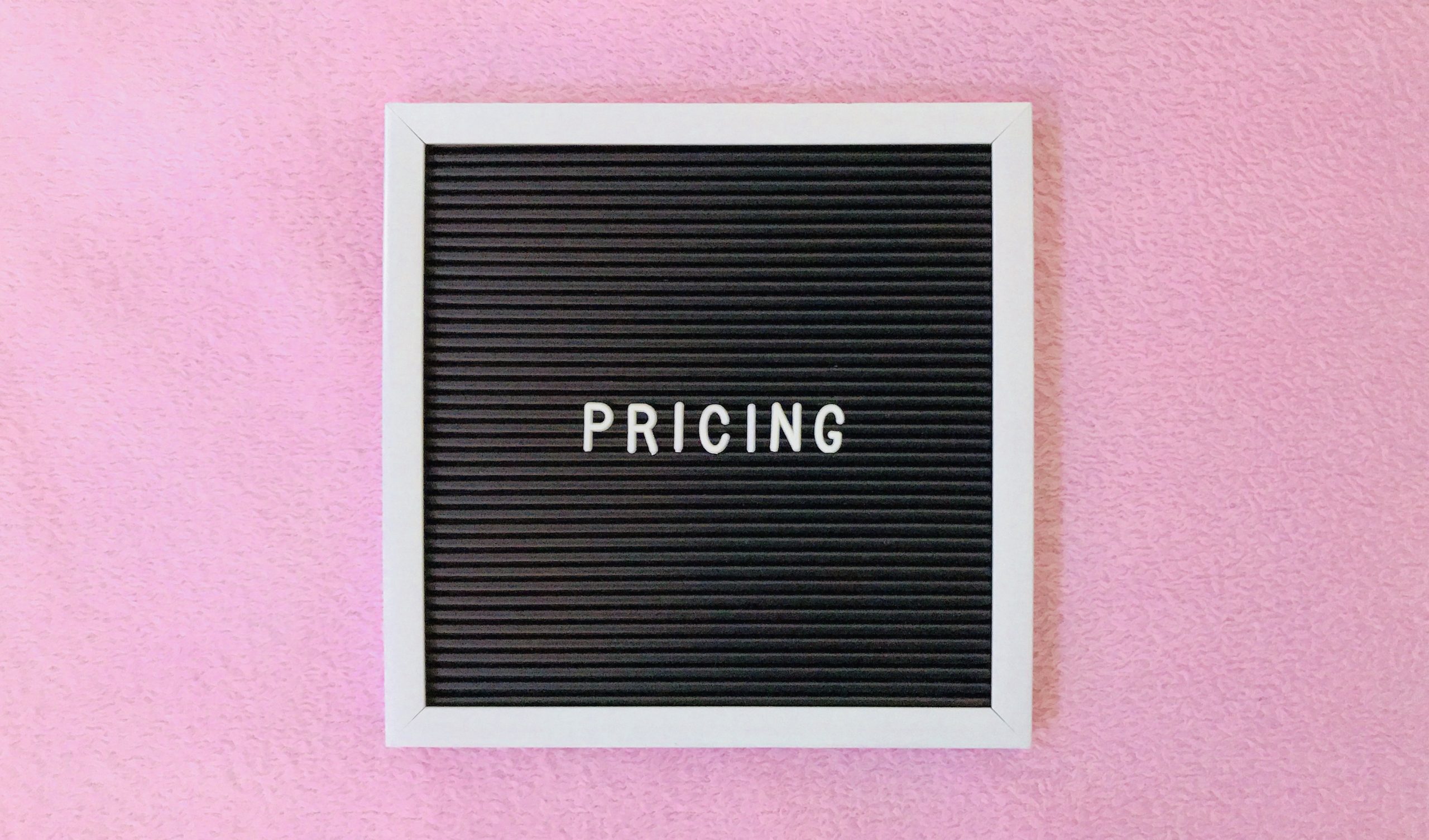Or, “What prices should I charge for my goods or services?”
This is a simple question, and one that the majority of business owners will ask, and the answer changing over time.
Pricing is the money charged to a customer in exchange of goods or services. The price you charge for your goods or services is one of the most important decisions you will make for your business.
The price of your service is very important as it determines what income your business will generate and also how your customers will perceive your service. Many may ask “how much does it cost”, but price and cost are two different things.
The price is what your customer will pay, the cost is what your business will pay to create the service or purchase the goods from the factory or distribution channel.
Your customers view, or perception of your price differs based on the type of good or service they purchase and the amount of value or need they attach to the purchase; what is that purchase worth to your customer?
Price should never be considered in isolation, because you also need to know your cost and the value created for your customer;
- The PRICE is your payment, your financial reward for the exchange of your goods or services
- The COST is the amount you spend on producing you’re your goods or services
- The VALUE is your customer’s perception of what they believe the goods or services are to them
How should I calculate my price?
There are two basic methods of pricing your goods or services; cost plus and value based, as you enter the market you may be unsure which method to use.
Cost plus pricing is simply the COST of creating or purchasing your goods or services PLUS the amount of money you need to cover your fixed overheads and your own income. Calculating the PLUS amount correctly is important.
You need to forecast ALL your costs of your business plus your own income desires (drawings, salary and/or dividends) and divide my your realistic minimum number of ‘unit’ sales over the same period of the cost calculation.
If you need help with forecasting your business costs and/or minimum price point business planning packages are available (link).
Value based pricing is focused on the price you believe customers are willing to purchase your goods or services, based on the benefits you provide to your customers.
As with cost plus pricing, you need to forecast your costs and realistic minimum number of sales as your LOWEST price to ensure that your business is profitable, if you price above your minimum. What you charge above that price will be determined on your customers perception of what they are purchasing.
If you are undercutting most of your competitors prices will you be perceived as lower quality? Will higher prices provide the perception of greater quality or premium value?
Should I increase my prices to create more profit?
Simply increasing prices may not increase overall profits, if prices rise but your potential customers perception of the price is greater than the value you add, sales will decline as less purchases are made. However, if your prices are too low are you throwing away potential profit?
Profit is sales less all costs. It is overly simplistic to think that increasing prices increases profits. It would be true if there were no general business overheads, but if the volume or ‘units’ of sales decrease, the overheads will be greater per sale. These fixed overheads may include insurance, office rental, and administration which are not directly linked to each individual sale.
Fixed overhead costs are absorbed across the total sales of the business, for example if fixed costs were £1,000 per month and sales were 100 ‘units’ per month, for each sale £10 of costs need to be absorbed. If a price rise reduced the sale to 50 ‘units’ per month, for each sale £20 of costs need to be absorbed. Has your price increase more than captured this increase in fixed overheads per unit sale?
Scenario modelling can provide estimations against various prices, costs, volumes and relating profits. All our business forecast planning packages (link) provide scenario modeling to enable you to compare alternative costs or revenue side by side.
By communicating the benefits you or your goods provide to your customer, by marketing and/or strengthening customer relationships you could retain your higher value customers whilst some others drop off but the overall price increase provides for a greater profit return for less customers, which means less work.
More profit but less work is the BEST WIN for all!




